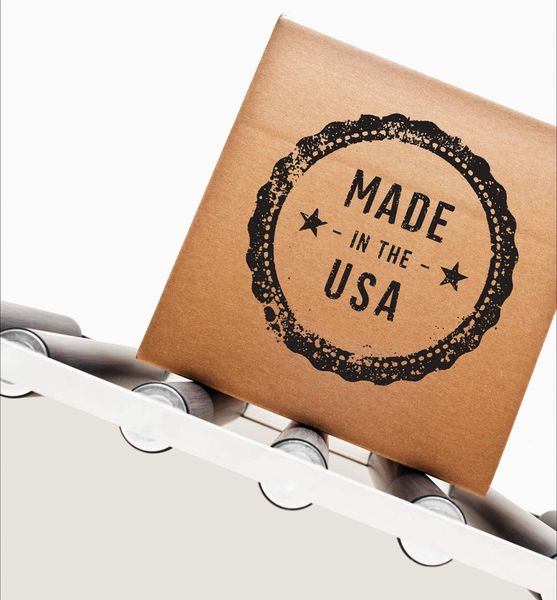
This week’s selection is “Made in the USA: The Rise and Retreat of American Manufacturing ” by Vaclav Smil.
For those old enough, one can see a tremendous shift in manufacturing in the West. There was a time years ago when the West was dominant in manufacturing, largely in the post-WWII period. In particular, the USA benefited from being the last one standing in a world pulverized by war that spanned the globe.
In the ’50s and ’60s, American manufacturing grew tremendously and the country’s capabilities were admirable. But then things changed.
Gradually, over the course of several decades the center of manufacturing shifted from the USA to other countries, particularly in Asia. Today much of the world’s manufacturing takes place in China, which supplies low-cost goods to most countries in the world.
Is this a good or bad thing? Some would suggest that there is a natural evolution from a manufacturing industry base to a service industry mode. That’s happened in several countries that previously dominated the manufacturing space, and that might have also happened in the USA.
However, there’s another view, and that is that in order to maintain a strong country, a significant manufacturing base must be maintained. That’s the premise of this book from Smil, who just happens to be one of Bill Gates’ favorite authors.
Smil reviews the long-term history of manufacturing in the USA, from its simple beginnings, through the difficult challenges of war and depression, to the decline of the 1980s and 1990s.
It’s a controversial topic, to be sure, but Smil believes that it could be more important to have keep many people employed with low-value work rather than have far fewer taking on high-value work with large numbers of unemployed, which seems to be the direction things have headed in recent years.
In the book, Smil examines some of the suggestions made to rectify the situation, which include tax adjustments, education and other factors.
3D printing is not directly part of this book, but as an automated technology one wonders what role it has played and will play as the future unfolds. It is a technology that is productive, yet does not necessarily require squads of low-value workers to produce the same number of units. It’s a difficult question, but what is the place of automation in the future of manufacturing?
We’re an Amazon Associate and earn a small fee from qualifying purchases. Help support our 3D printing news service by checking out this book!
Via Amazon
